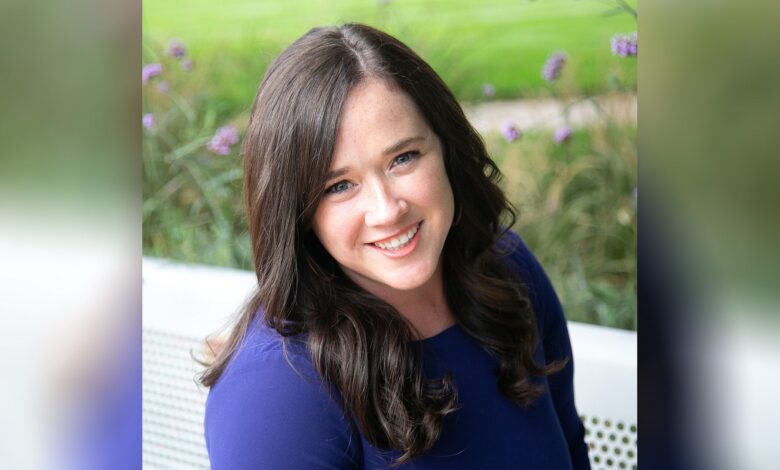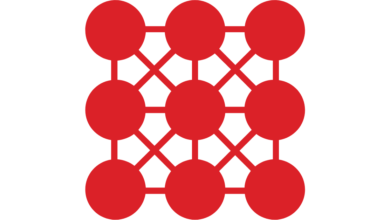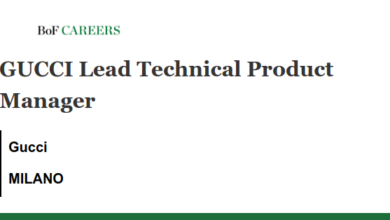Drug Recalls: Q&A with Beth Riggio

Beth Riggio
vice president of product
management, global products
& solutions
Cencora
Beth Riggio, vice president of product management, global products & solutions at Cencora spoke with Pharmaceutical Executive about the issues the pharma industry faces with drug recalls. Handling recalls can be both a labor intensive and labor expensive process, although there are ways that the industry can improve its response.
Pharmaceutical Executive: What are the main struggles the life sciences industry faces when it comes to handling recalls?
Beth Riggio: Drug recalls impact all hospital pharmacies, which can result in significant implications for hospital operations and patient care. On average, about 4,500 drugs and devices are pulled from U.S. shelves each year because of problems ranging from after-manufacturing tampering to adverse patient side effects. Depending on the size of the hospital or network, it can take weeks to account for all the affected items.
This use of pharmacy resources results in a labor-intensive process that requires pharmacy staff to identify and collect recalled products and handle the related documentation and processing, distracting them from focusing on serving patients. With many current systems, it is difficult to proactively identify a recalled medication, which means pharmacists can continue to stock their storage locations, including medication trays, with recalled product, increasing the opportunity for dispensing the drug to a patient.
In a hospital pharmacy, there are usually one or two people responsible for monitoring recall notifications. They often spend time reviewing state board of pharmacy (BOP) listservs and sorting through FDA recalls. It’s a time-consuming process that requires a lot of resources. As a result, vacations, sick days and competing demands can often mean recall notifications go unnoticed for long periods of time, leaving hospitals scrambling to react when staff eventually see relevant notifications.
And, based on the level of pharmacist involvement, this is not only a labor-intensive process, but labor-expensive too. Managing recalls involves both pharmacy technicians and pharmacists, making it a costly process to handle manually.
PE: How can drug recall data be more efficiently handled?
Riggio: Improved recall management processes are needed to handle drug recall data more efficiently. Better systems for spotting and executing recalls would be valuable for hospitals moving from the manual processing of kits and trays to automated solutions. Indeed, 75% of hospital pharmacists consider the ability to locate recalled medications “very” or “extremely” important, making it a priority for pharmacy inventory management solutions.
In addition to needing better tools for handling drug recalls, providers need to act with urgency when they are notified about a recalled medication. Hospitals often rely on the pharmacy buyer to communicate to other staff, which can cause delays in responding to the event.
PE: What role do distributors have in handling recalls?
Riggio: Based on the potential risks presented by the level (consumer/user, retail or wholesale) of a drug recall, a hospital pharmacy will be notified of the recall. There are several ways that manufacturers and the FDA notify consumers about a recall. One is a direct notification, where the drug manufacturer must notify its direct accounts (such as distributors like Cencora, formerly AmerisourceBergen) about the recall. The notification must do all of the following:
- Inform the distributor (i.e., Cencora) that the drug has been recalled.
- Request that the distributor stop distributing the drug.
- If appropriate, request that the distributor notify its customers about the recall.
- Instruct the distributor what to do with the recalled drug.
Also important to note is the important role data, which is stored by the distributor, comes into play in managing recalls. In preparing for a smooth transition to DSCSA requirements, distributors have been fine tuning returns systems and evaluating how they store DSCSA data with serialized information. Cencora is establishing systems to verify product identifiers on all its DSCSA products. This verification system will allow us to efficiently notify any customers in cases of recalls or when drugs are deemed dangerous by the FDA or pharmaceutical companies.
PE: How does the RFID technology used with Medication Tray enable more efficient recalls?
Riggio: The Medication Tray solution eliminates the need for pharmacies and manufacturers to apply their own RFID tags and offers a standardized RFID tag reading solution that can be read by any vendor, saving time and creating efficiencies along the pharmaceutical value chain.
While the adoption of RFID kit and tray management systems has helped hospital pharmacies quickly locate specific lots of products, the process of identifying recalled medications is still highly reactive and reliant on humans to drive manual processes outside the automation.
To solve this problem, Cencora expanded its RFID-enabled Medication Tray solution to incorporate a drug recall management feature. The Medication Tray solution plays a crucial role in supporting product recall management. Through lot and location tracking, users can leverage reporting in the Medication Tray portal to identify the exact location of recalled products. This enables prompt removal of affected products, minimizing harm and enabling recall protocol compliance. As a wholesaler and technology provider, Cencora has a unique position to proactively inform customers about recalls. The proactive recall notification feature leverages drug recall data to provide daily email alerts. These alerts notify staff of recalled products in kits and trays managed through the medication tray solution. This streamlines the process of identifying and addressing recalled items for efficient and effective product recall management.
By proactively reacting to product recalls, users can minimize medication safety risks and reduce time spent managing these events.



